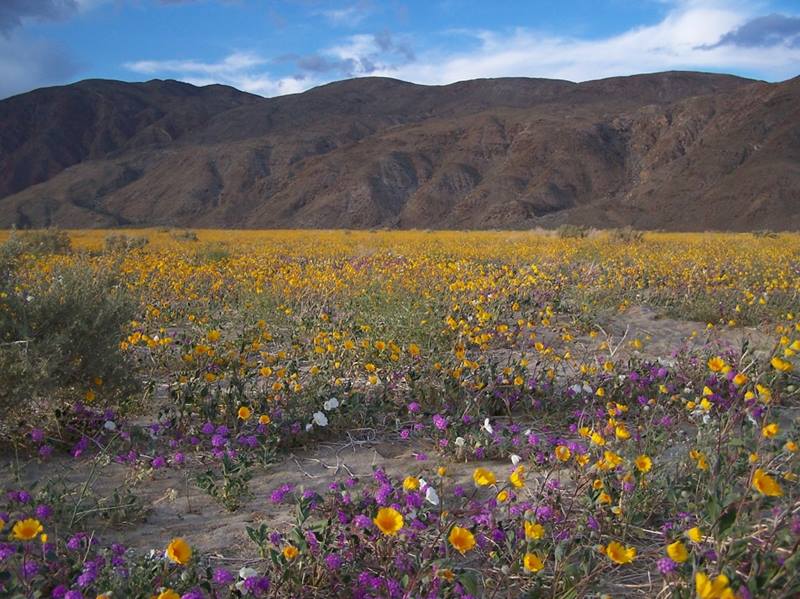These scenarios range from 0 to up to 9 degrees Celsius (16 degrees Fahrenheit). Scientists then collect data on the response of plants, microbes, and the surrounding environment in each of the pods. Warming studies also extend to other ecosystems. The TRACE project in Puerto Rico explores the effects of warming on the tropics. The tropics cover one-fourth of the Earth’s surface and exchange the most carbon with the atmosphere.
Climate modeling projections can help decision-makers—such as city governments, energy providers, and home and business owners—prepare for the future. Researchers supported by the Office of Science-funded HyperFACETS project build case studies around extreme weather events with immense regional impacts. By using observational data to model conditions related to a key event, researchers can test how well models perform on a regional scale to improve predictive capabilities.
For example, one case study examined the 2018 California wildfires. At the time, they were the largest and deadliest wildfires on record. By analyzing the precipitation cycle around the event, researchers predicted the possibility that wetter winters and drier fall and summer seasons may prolong a wildfire season. Additional case studies include nor’easters, Atlantic Coast hurricanes, and other regional events strongly tied to global climate change.
Melting ice caps at the North and South Poles drive global sea level rise. That makes ice a vital component in climate models. With support from DOE’s Scientific Discovery through Advanced Computing program, researchers developed two complementary ice sheet models to incorporate into E3SM. Using these models, scientists explored how ice shelves disintegrate in the Antarctic. Using DOE supercomputers and E3SM, researchers also tracked the impacts of melting ice on Arctic coastlines, where warmer waters affect industries like shipping and fishing.
By advancing Earth system models with the world’s best scientific expertise and technology, we can help inform all levels of decision-makers—from homeowners to farmers to mayors to nations—about the potential future impacts of climate change.
The Office of Science is the single largest supporter of basic research in the physical sciences in the United States and is working to address some of the most pressing challenges of our time. For more information, please visit the Office of Science website.
sourced from https://www.sourcearu.com



